What does Bitcoin mean?
Bitcoin (BTC) is a type of digital currency, known as a cryptocurrency, that functions as a decentralized form of money and payment system, operating independently from any individual, organization, or authority, which eliminates the necessity for intermediaries in financial transactions. The act of verifying transactions by blockchain miners is rewarded, and individuals can acquire this reward by making purchases on multiple exchanges.
The year 2009 marked the introduction of Bitcoin to the public, a digital currency that was created by an anonymous developer or group of developers known as Satoshi Nakamoto.
Since then, it has gained immense popularity and is now recognized as the most widely known cryptocurrency globally. The popularity of this cryptocurrency has served as a catalyst for the creation and growth of numerous other cryptocurrencies.
Dive deeper into the world of the cryptocurrency that kickstarted it all, and uncover its fascinating history, intricate workings, acquisition methods, and the wide array of applications it offers.
Important points
- Launched in 2009, bitcoin is the world’s largest cryptocurrency by market ca’s largest cryptocurrency by market capitalization.
- Bitcoin, in contrast to traditional fiat currency, is generated, exchanged, and stored through the utilization of a decentralized ledger system called a blockchain.
- The security of Bitcoin and its ledger is dependent on the number of participants in its network as well as the process it employs to confirm and verify transactions.
- Various cryptocurrency exchanges have the option to buy Bitcoin.
- The history of Bitcoin as a store of value has been characterized by turbulence and fluctuations.
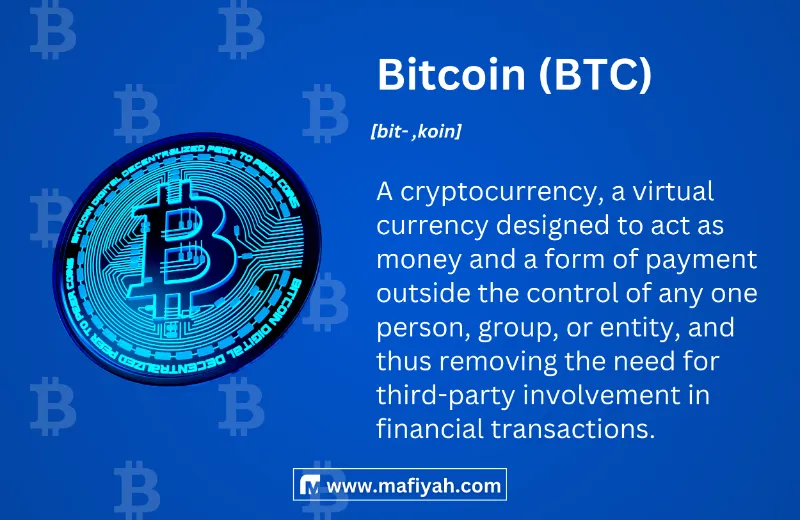
Understanding Bitcoin
The domain name Bitcoin.org was registered in the month of August in the year 2008. Satoshi Nakamoto and Martti Malmi collaborated with the anonymous Nakamoto to develop Bitcoin, and their combined efforts led to its creation.
Announcement
During the month of October in 2008, a person or a group using the assumed identity of Satoshi Nakamoto revealed information on the cryptography mailing list hosted on metzdowd.com.
“I’ve been working on a new electronic cash system that’s fully peer-to-peer, with no trusted third party.”
This white paper, which is now famous, was published on Bitcoin.org. It is titled
“Bitcoin: A Peer-to-Peer Electronic Cash System,”
The Magna Carta is like a blueprint for how Bitcoin functions today.
First Block
The first Bitcoin block, also known as “Block 0” or the “genesis block,” was mined on January 3, 2009. It contains the text “The Times 03/Jan/2009 Chancellor on brink of second bailout for banks,” which may be evidence that the block was mined on or after that date.
Rewards
Bitcoin rewards are reduced by half every 210,000 blocks. In 2009, the block reward was 50 new bitcoins. On May 11, 2020, the third halving happened, decreasing the reward per block to 6.25 bitcoins. The next halving is anticipated to take place around 2024, reducing the reward to 3.125 bitcoins.
Denominations
Bitcoin can be divided into eight decimal places, with the smallest unit called a satoshi. Each satoshi is equal to 100 millionths of one bitcoin.
It was on January 8, 2009, that the announcement regarding the first version of the Bitcoin software was shared with the Cryptography Mailing List, and just a day later, on January 9, 2009, the mining of the very first block, called Block 1, took place, effectively initiating the process of bitcoin mining.
Fast Fact
Bitcoin’s Blockchain Technology
Bitcoin, being a form of digital currency, is not overly complicated to comprehend. Let’s say you have a bitcoin; you can use your cryptocurrency wallet to send smaller fractions of it as payment for goods or services. It gets really complicated when attempting to comprehend its mechanism.
Blockchain
Cryptographic techniques are used to chain together information in a blockchain, creating a shared and secure database. When we say something is “distributed,” it means it is stored across multiple computers instead of a central server, which is the common approach for data storage. The maintenance and operation of the blockchain are handled by a network of automated programs that are installed on these computers, ensuring its smooth functioning.
A block on a blockchain can be likened to a cell found in a spreadsheet, just like a regular cell it consists of a block header, transaction counter, and the transactions that have been recorded within the block. The transaction counter provides a comprehensive list of the total number of transactions that are contained within the block, whereas the block header consists of various elements that collectively constitute its structure.
- Software version: Which version the blockchain is running
- Previous block hash: The encrypted information from the previous block
- Merkle root: A single hash (encrypted information) that contains all the hashed information from previous transactions
- Timestamp: The time the block was opened
- Difficulty target: The current network difficulty problem miners are attempting to solve for
- Nonce: Short for “number used once,” which is used to solve the mining problem and open the block.
The information of the previous block is hashed and stored in each subsequent block. The process involves forming a series of encrypted blocks that store data from all the preceding blocks in the blockchain, starting from the initial block.
Fast Fact
Data linked—or chained—between blocks led to the ledger being called a blockchain.
Encryption
Bitcoin uses the SHA-256 hashing algorithm to encrypt transaction data stored in the blocks on the blockchain. In simple terms, this algorithm converts the transaction data into a 256-bit (78-digit) hexadecimal number, which is then stored in the block. This number contains all the transaction data and information linked to the previous blocks.
How to Mine Bitcoin?
If you’re interested in mining Bitcoin, you’ll need some specialized hardware and software. In the early days of Bitcoin, people could mine it using their home computers, but nowadays it’s much harder to compete with all the other miners out there. You might still be able to use your computer if it’s pretty new, but the odds of actually mining any Bitcoin on your own are very low.
When it comes to mining cryptocurrencies like Bitcoin, it’s important to remember that you’re up against an extensive network of miners who generate approximately 560 quintillion hashes per second as of February 24, 2024. There are machines, known as Application Specific Integrated Circuits (ASICs), that have been designed specifically for mining and can generate over 300 trillion hashes per second. In comparison, a computer with the latest hardware can only hash around 100 megahashes per second (100 million).
If you wish to become a Bitcoin miner, a few options are available to you. Firstly, you can use your current computer and install mining software compatible with Bitcoin software before joining a mining pool. Mining pools are made up of miners who combine their computational power to compete with sizeable ASIC mining farms.
You can increase your chances of earning rewards by joining a pool. Still, the rewards you receive are significantly reduced because they are shared among pool members.
Fast Fact
Consider buying an ASIC miner if you have enough financial resources. A new one generally costs around $10,000, but you can also find used ones sold by miners upgrading their systems. However, before purchasing, you should consider the significant costs of running an ASIC miner, such as electricity and cooling. It’s essential to remember that even if you buy one or two ASICs, there is no guarantee of rewards as you’ll be competing with large mining farms that have hundreds, if not thousands, of ASICs.
Numerous mining programs are available for cryptocurrency mining, and many pools that miners can join. Two of the most popular mining programs are CGMiner and BFGMiner. The most widely used pools include Foundry Digital, Antpool, F2Pool, ViaBTC, and Binance.com.
When selecting a pool, it’s crucial to understand how they pay out rewards and what fees may apply. Read several reviews of the mining pool before making your choice.
How Do You Buy Bitcoin?
If you’re interested in buying Bitcoin, you can do so through a cryptocurrency exchange. However, due to its high price, most people can only buy part of the Bitcoin. Instead, you can purchase portions of Bitcoin on these exchanges using fiat currency, such as U.S. dollars. For instance, you can buy Bitcoin on Coinbase by creating and funding an account. You can fund your account using your bank account, credit card, or debit card.
How Is Bitcoin Used?
Initially designed as a peer-to-peer payment method, Bitcoin’s use cases have expanded due to its increasing value, competition from other cryptocurrencies and blockchains, and blockchain developments that process information for the Bitcoin blockchain.
Payment
To use Bitcoin, you need a cryptocurrency wallet. Wallets are your interface to the blockchain and can hold the private keys to the Bitcoin you own, which are required when conducting a transaction. Bitcoin is widely accepted as a means of payment for goods and services at many stores, retailers, and merchants. Brick-and-mortar stores that accept cryptocurrencies typically display a sign that reads “Bitcoin Accepted Here.” Transactions can be handled with the necessary hardware terminal or wallet address through QR codes and touchscreen apps. Online businesses can easily accept Bitcoin by adding it as a payment option alongside other online payment methods such as credit cards and PayPal.
Investing and Speculating
Investors and speculators became interested in Bitcoin as its popularity grew. Between 2009 and 2017, cryptocurrency exchanges emerged that facilitated Bitcoin sales and purchases. Prices began to rise, and demand slowly grew until 2017, when its price broke $1,000. Many people believed that Bitcoin prices would continue to climb and started buying them as long-term investments. Traders began using cryptocurrency exchanges to make short-term trades, and the market took off.
Bitcoin’s price reached a high of about $69,000 in November 2021 before crashing in 2022. By March 2022, its price was $47,454. By November 2022, it had dropped to $15,731. However, it recovered in 2023, climbing to a high of $31,474 before falling below $30,000 again. By early 2024, Bitcoin’s price had risen to the mid-$40,000s as expectations grew for the approval of Bitcoin Spot ETFs. After the ETFs were approved in mid-February 2024, Bitcoin’s price climbed to over $50,000.
Bitcoin prices tend to follow stock market trends because Bitcoin is regarded as an investment. However, Bitcoin price movements are often exaggerated and can fluctuate by thousands of dollars. Many Bitcoin investors tend to “trade the news,” as evidenced by the fluctuations that occur whenever there is significant news related to Bitcoin.
Risks of Investing in Bitcoin
Investing in Bitcoin carries risks. Bitcoin was worth $7,167.52 on Dec. 31, 2019; a year later, it had appreciated over 300% to $28,984.98. It continued to surge in the first half of 2021, trading at a record high of $69,000 in November 2021, before decreasing over the next few months and hovering around $40,000.
The highest price ever recorded for Bitcoin is $69,000, which was achieved on November 10, 2021.
Fast Fact
Many people buy bitcoin as an investment rather than for its use as a medium of exchange. Still, its digital nature and lack of guaranteed value means that buying and using it carries risks. Regulatory bodies have issued several investor alerts regarding bitcoin investing, including the Securities and Exchange Commission (SEC), the Financial Industry Regulatory Authority (FINRA), and the Consumer Financial Protection Bureau (CFPB). The following are some of the risks involved in trading or investing in bitcoin:
- Regulatory risk: The ongoing battle between cryptocurrency projects and regulators makes longevity and liquidity uncertain. As of February 2024, bitcoin has not been considered a security measure by authorities, but that could change.
- Security risk: Most people buy and sell bitcoin on online markets called cryptocurrency exchanges, which are entirely digital and vulnerable to hackers, malware, and operational glitches.
- Insurance risk: Bitcoin and other cryptocurrencies are not insured by the Securities Investor Protection Corporation (SIPC) or the Federal Deposit Insurance Corporation (FDIC). Still, some exchanges provide insurance through third parties. However, any cash deposits you’ve made at either exchange might be eligible for FDIC coverage.
- Fraud risk: Despite the security measures inherent in a blockchain, fraudulent activity is still possible.
- Market risk: As with any investment, bitcoin values fluctuate dramatically. It is susceptible to newsworthy events and is subject to high-volume buying and selling on exchanges.
Regulating Bitcoin
Attempts to regulate bitcoin have been challenging, with the U.S. administration seeking to impose regulations while maintaining a growing and economically beneficial industry. U.S. enforcement agencies continue to rely on existing securities, commodities, and tax laws. Still, as of February 2024, attempts from legislators have yet to gain much attention from the country’s law-making bodies.
The European Commission entered its long-anticipated Markets in Crypto Assets legislation into force in 2023, setting the stage for cryptocurrency regulations in the European Union.
India banned several exchanges in December 2023 and continues pushing back reviews of legislation regarding Bitcoin and other cryptocurrencies.
How Long Does It Take to Mine One Bitcoin?
It takes 10 minutes for the mining network to validate a block and create the reward. The Bitcoin reward is currently 6.25 BTC per block, but this amount halves every four years. The reward will be 3.125 BTC every 10 minutes after the next halving, expected in mid-2024.
Is Bitcoin a Good Investment?
Whether Bitcoin is a good investment depends on your financial profile, investing portfolio, risk tolerance, and investing goals. You should consult a financial professional before investing in cryptocurrency to ensure it suits your circumstances.
How Does Bitcoin Make Money?
Bitcoin miners can make money by successfully opening blocks, and bitcoins are exchangeable for fiat currency via cryptocurrency exchanges. Investors and speculators can buy and sell Bitcoin on crypto exchanges.
How Many Bitcoins Are Left?
As of Feb. 24, 2024, the total number of bitcoins was 19.64 million, with about 1.36 million left to be mined.
The Bottom Line
In conclusion, although bitcoin’s popularity has surged since its introduction in 2009, its complex process of generation and volatile nature as an investment requires careful consideration before investing.

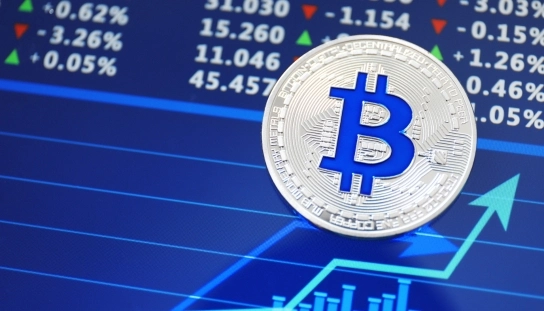

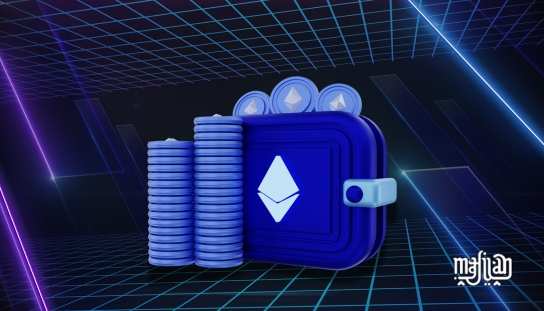

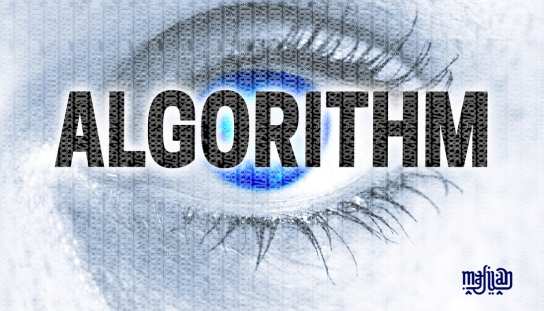

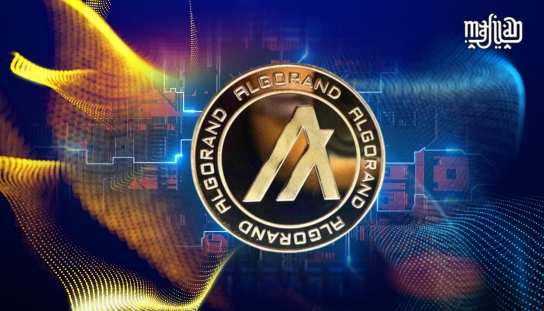
1 thought on “What is Bitcoin? How can you mine, buy, and use it?”